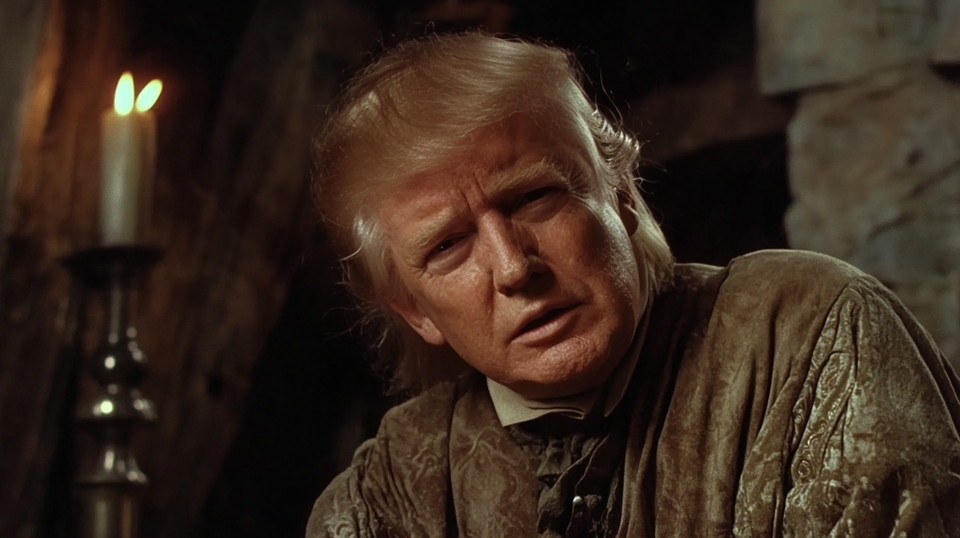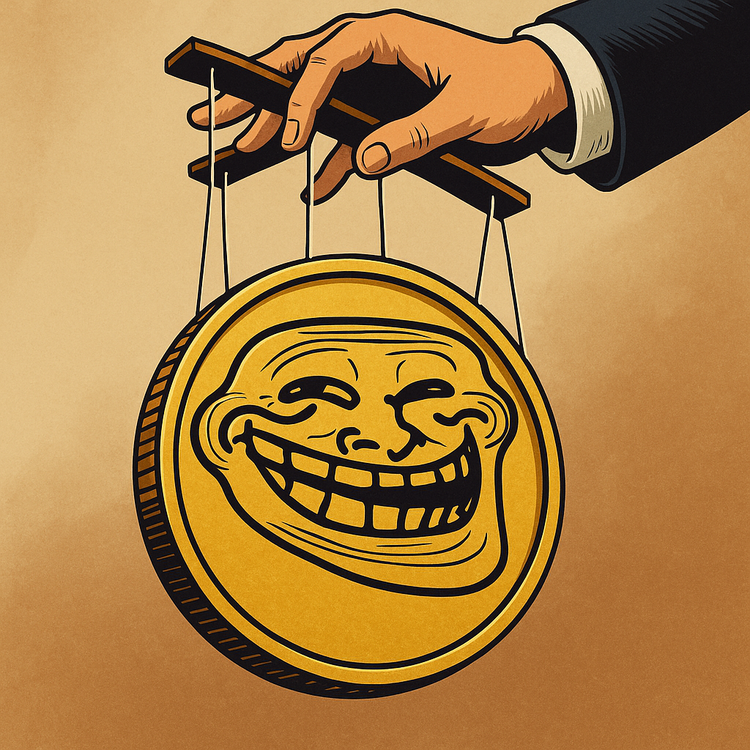Never Start a Tariff War

That statement from the Trump administration — “Studies have repeatedly shown that tariffs can be an effective tool for reducing or eliminating threats that impair US national security and achieving economic and strategic objectives” — contains a mix of partial truths, misleading implications, and a fundamental misunderstanding (or misrepresentation) of economic history and theory.
Let’s break it down:
⸻
How factual is it?
1. Tariffs can be used for national security:
• True in limited scope. Tariffs have historically been used to protect industries considered critical to national defense (e.g., steel, aluminum, semiconductors).
• For example, Section 232 of the Trade Expansion Act of 1962 allows the President to impose tariffs for national security reasons — this was used by the Trump administration to place tariffs on steel and aluminum.
2. Tariffs help achieve “economic and strategic objectives”:
• Highly debatable. Strategic objectives? Sometimes. Economic objectives? Rarely, and often with collateral damage.
• Tariffs can give short-term protection to domestic industries, but they usually raise consumer prices, hurt downstream industries (those that use imported goods), provoke retaliation, and distort markets.
• The U.S. tried heavy tariffs in the Smoot-Hawley Tariff Act of 1930 — widely blamed for deepening the Great Depression and triggering global retaliation.
⸻
Why is it a dumb statement?
1. It ignores centuries of economic consensus:
• Mainstream economists overwhelmingly agree that tariffs are economically inefficient.
• They protect a small group (e.g., domestic producers) at the expense of everyone else (consumers, other businesses, exporters).
• The idea that tariffs are good policy flies in the face of the post-WWII consensus that free trade leads to mutual economic gains, as seen in the creation of GATT/WTO.
2. It uses “studies have shown” as a vague, unsupported appeal:
• No citations, no qualifications, no specifics. It’s the political equivalent of “some people say.”
• Yes, there are some studies that say tariffs might be useful in rare, specific cases — like infant industry protection or national security. But those studies come with massive caveats, not blanket endorsements.
3. It conflates national security with economic protectionism:
• The Trump administration frequently invoked “national security” as a fig leaf for plain economic protectionism.
• Example: putting tariffs on Canadian steel — hardly a national security threat — which even U.S. defense experts found absurd.
• Misusing “national security” for trade policy cheapens the concept and sets a precedent for abuse.
4. It backfired in practice:
• Trump’s tariffs led to:
• Trade wars, especially with China.
• Retaliatory tariffs on U.S. exports (e.g., soybeans, bourbon).
• Higher costs for U.S. companies and consumers.
• Disrupted supply chains.
• U.S. manufacturing did not surge as promised, and several studies (Brookings, Peterson Institute, etc.) showed the tariffs caused net economic harm.
⸻
What makes it even dumber?
Because it tries to dress up a populist, nationalist policy in the language of technocratic legitimacy. It’s the classic “I’m going to sound like a smart policy person while doing something every economist has warned against since David Ricardo in the 1800s.” That’s the egg-headed part.
But it’s also dumb because it ignores:
• The global nature of supply chains.
• The role of trade in keeping inflation low.
• The way tariffs hurt allies and trading partners who are strategically important.
• The difference between short-term political optics and long-term economic health.
————-
Donald Trump’s tariff strategy was like watching someone try to fix a Rolex with a meat tenderizer:
loud, embarrassing, and fundamentally misunderstanding how anything works.
Instead of using tariffs the way economists have (for, oh, centuries?) — surgically, selectively, carefully —
Trump basically carpet-bombed the global marketplace with taxes like he was playing a chaotic game of Whack-A-Mole, but blindfolded, and also the moles were just… countries.
He slapped blanket tariffs on everyone — allies, enemies, your mom’s Etsy shop — because in his mind, “fair trade” apparently meant “everyone loses, but I yell louder, so I win.”
It’s like deciding your restaurant is failing, so your solution is to double the price of ketchup for everyone and then scream that it’s the best ketchup anyone’s ever had.
“Bigly ketchup. Tremendous ketchup. You’re gonna pay for it. You’ll love it.”
And when people pointed out that, hey, maybe punishing literally everyone isn’t exactly strategic?
He pulled the classic move: deny reality, blame Canada, and declare it “the most successful tariff program in history.”
Which is like setting your house on fire, roasting marshmallows over it, and calling it a home improvement project.
Honestly, the only thing more impressive than how badly it hurt American farmers, manufacturers, and consumers…
was how confidently he strutted around pretending it was 4D chess instead of, you know, choking on a checker piece.
Donald Trump’s tariff policy wasn’t just bad — it was like handing a chimpanzee a shotgun and telling him to “defend the garden.”
Except the garden is the global economy, the chimp is wearing a MAGA hat, and somehow the only strategy is to shoot everything and hope the flowers beg for mercy.
Instead of using targeted tariffs — the standard practice that even mildly competent empires have used since Mesopotamia had knockoff clay pots —
Trump decided it would be smarter to slap blanket tariffs on every trading partner like he was Oprah having a breakdown:
“YOU get a tariff! And YOU get a tariff! Everybody gets a tariff!!”
Meanwhile, the stock market is in the backseat screaming like a toddler with a stomach ache.
It’s like he thought “global supply chain” was a literal chain and that if he yanked hard enough, America would somehow be yanked into prosperity.
Spoiler: you can’t yoink yourself into an economic miracle, no matter how many times you make confused faces at Fox Business Network.
He called it “economic nationalism,” but it looked suspiciously like economic sabotage with a spray tan.
The strategy was so blunt and self-defeating that somewhere, Adam Smith probably tried to claw his way out of his grave just to say,
“Bro, did you even read Wealth of Nations or did you just skim a fortune cookie?”
And let’s not forget:
The retaliation was swift and predictable — foreign countries slapped their own tariffs right back,
like a global version of “Uno Reverse” — except this time, it ended with Iowa farmers crying into mountains of unsold soybeans and Trump tweeting,
“We’re winning so much you’ll get tired of winning!”
Sir, people were exhausted, but it wasn’t from winning.
It was from trying to figure out how paying more for washing machines was supposed to taste like freedom.
By the end, the man had turned a simple tool — tariffs — into a Wile E. Coyote-grade booby trap that exploded in America’s face while Trump stood there holding the plunger, proudly saying,
“This was totally part of the plan.”
At this point, honestly, calling it a “policy” is generous.
It was more like an emotional art project made entirely out of burnt toast and misplaced confidence.






Member discussion